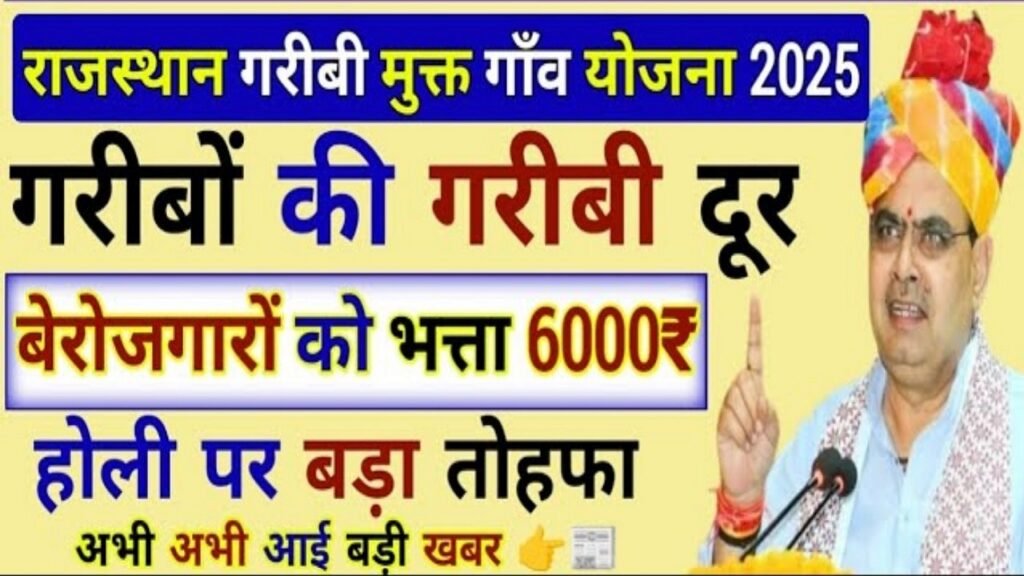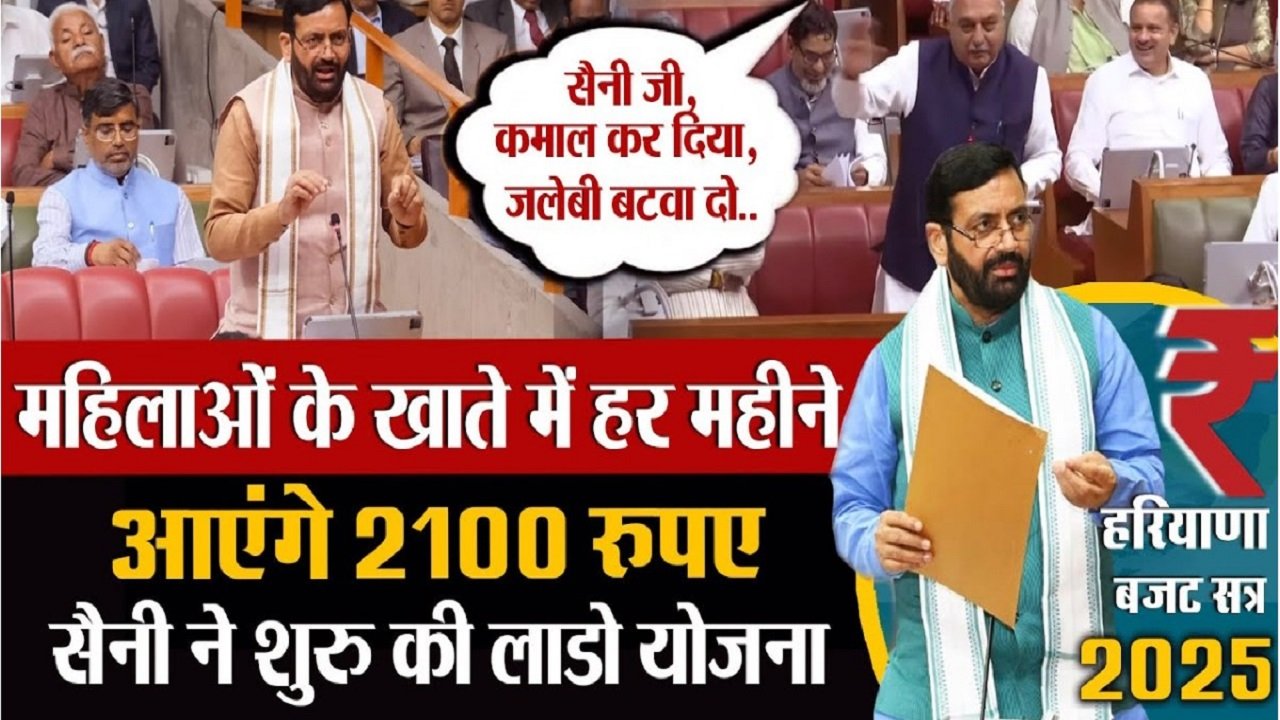Pandit Deendayal Upadhyaya Garibi Mukt Ganw Yojana 2025: A Step Towards Poverty-Free Villages
Summary:- The Pandit Deendayal Upadhyaya Garibi Mukt Ganw Yojana is a landmark initiative aimed at making Indian villages self-reliant and poverty-free. With a strong focus on employment generation, infrastructure development, agricultural support, and social empowerment, the scheme is expected to significantly improve rural livelihoods. By engaging local communities, government bodies, and private enterprises, this initiative will ensure inclusive and sustainable growth in villages across the country.
Overview of Pandit Deendayal Upadhyaya Garibi Mukt Ganw Yojana
In a groundbreaking initiative to eradicate rural poverty and promote sustainable development, the government has launched the Pandit Deendayal Upadhyaya Garibi Mukt Gaon Yojana. This ambitious scheme aims to transform villages into self-reliant and poverty-free communities by focusing on economic empowerment, infrastructure development, and social welfare programs.

The initiative is inspired by the vision of Pandit Deendayal Upadhyaya, who advocated for Antyodaya, meaning the upliftment of the last person in society.
Objectives of the Garibi Mukt Ganw Yojana
The primary goal of the Pandit Deendayal Upadhyaya Garibi Mukt Gaon Yojana is to reduce poverty levels in rural areas by providing employment, skill training, financial aid, and essential services. The government has identified key focus areas under this scheme, including:
- Employment Generation – Encouraging self-employment opportunities through skill development programs and financial support for rural entrepreneurs.
- Infrastructure Development – Constructing better roads, sanitation facilities, drinking water systems, and electricity connections in villages to improve the standard of living.
- Agricultural Support – Providing modern farming techniques, subsidies on seeds and fertilizers, and access to irrigation facilities to boost farmers’ income.
- Women and Youth Empowerment – Special programs aimed at enhancing women’s participation in economic activities and skill training for rural youth to help them secure sustainable livelihoods.
- Affordable Housing and Healthcare – Ensuring that every rural household has access to affordable housing, healthcare facilities, and insurance coverage, reducing financial burdens on poor families.
Implementation and Impact
The government has allocated a significant budget for the execution of this scheme, with funds being distributed directly to village panchayats and self-help groups. Various government departments, NGOs, and corporate social responsibility (CSR) initiatives will collaborate to ensure effective implementation. The scheme is expected to impact thousands of villages across the country by providing financial assistance, creating employment opportunities, and improving living conditions.
The scheme follows a participatory development model, where local communities are actively involved in decision-making processes. Village development committees will be formed to identify the key issues affecting their regions and work closely with government agencies to find practical solutions.
Success Stories and Expected Outcomes
Several pilot projects under this scheme have already demonstrated positive results, with villages achieving higher employment rates, improved agricultural productivity, and better infrastructure. It is anticipated that within the next five years, thousands of villages will be transformed into model poverty-free communities, setting an example for the rest of the country.
Additionally, the program encourages private sector investment in rural development, leading to the establishment of small-scale industries, agri-business centers, and rural startups. These initiatives will create sustainable income sources and reduce migration from villages to cities in search of work.
How Beneficiaries Can Avail the Scheme?
To ensure maximum outreach, the government has launched an online portal where eligible individuals and village committees can register for benefits. Local government officials and gram panchayats will assist rural residents in applying for financial aid, training programs, and other support services under the scheme.
Conclusion
The launch of this scheme marks a major step towards achieving rural prosperity and poverty eradication. If successfully implemented, it will transform the lives of millions of rural residents, providing them with better opportunities, financial stability, and an improved quality of life. With a collective effort from the government, local communities, and private stakeholders, India’s vision of a poverty-free rural landscape can soon become a reality.


